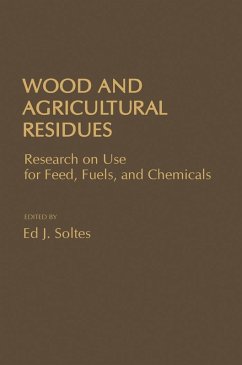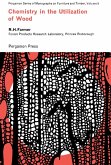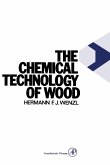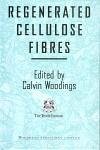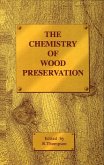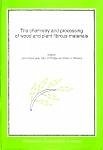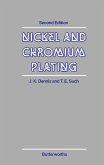The introductory part describes the anatomy, permeability, ultrastructure, and digestion of plant cell wall. The following section examines the structure, characteristics, derivatives, recycle and recovery through solvent systems, and utilization for enzyme and protein production of cellulose and hemicelluloses. This section also discusses the synthesis, structure, properties, and analysis of hydroxypropyl lignin derivatives. The third section characterizes the fibrous fractions of forages and presents traditional methods for qualitative and quantitative analyses of lignocellulosics. This text includes discussions on methods for improving utilization of unconventional feed sources by ruminants; the digestion impeding factors; and the effect of chemical, physical, and biological treatments in upgrading the digestibility and nutritive value of crop residues. The subsequent sections describe the biological, chemical, physical, and thermochemical conversion of wood fibers. Such methods include fermentation, acid and steam hydrolysis, saccharification, hydrogenolysis, and pyrolysis. The concluding section covers mechanical treatments to improve lignocelluloses properties, such as steam explosion and solvent systems.
This book is an ideal source of information for botanists and feed scientists and researchers.
Dieser Download kann aus rechtlichen Gründen nur mit Rechnungsadresse in A, B, BG, CY, CZ, D, DK, EW, E, FIN, F, GR, HR, H, IRL, I, LT, L, LR, M, NL, PL, P, R, S, SLO, SK ausgeliefert werden.

